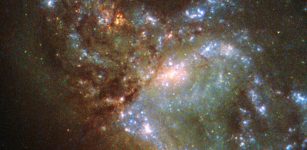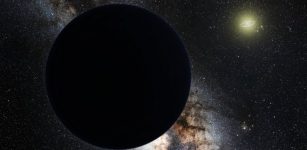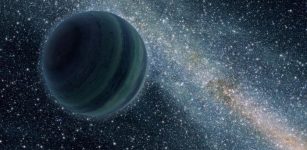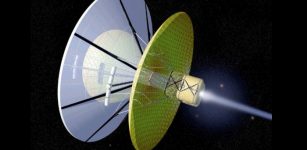Mystery Of 250-Million-Year-Old Stars In The Wild Duck Cluster: Why Do They Display Different Colors?
MessageToEagle.com – Astronomers recently discovered the stars all were born in the same generation, solving a long-standing puzzle about how stars evolve.
A team of Korean and Belgian astronomers used the University of Arizona’ s MMT telescope to examine the spectra of the stars (known also as M11).
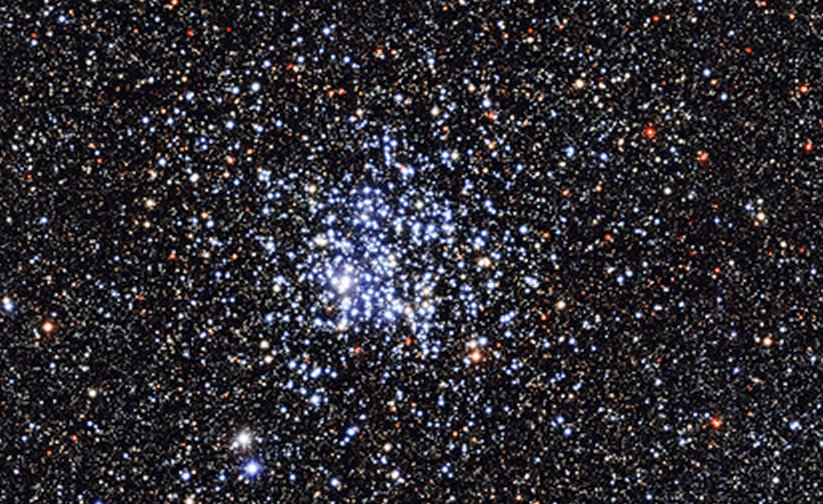
In this cluster, stars of the same brightness appear in different colors, suggesting they are of different ages.
The question is: why stars of similar brightness and probably of similar mass like in the M11 displayed different colors.
Unless scientists had missed important clues about stellar evolution, there had to be another explanation for the spread of colors in this accumulation of about 2,900 stars.
A new study shows the stars in the Wild Duck Cluster spin at different speeds, disguising their common age.
Open clusters contain thousands of stars that astronomers hypothesize formed from the same giant clouds of gas. These stars come in all sizes, from short-lived, giant blue stars dozens of times more massive than our sun, to long-lived low-mass dwarves that will burn for 10 billion years or longer. The brightness and color of each star changes as it grows older, allowing scientists to determine its age.
“As a star is getting older and older, it brightens and becomes redder,” Beomdu Lim of Kyung Hee University who led an international team of astronomers said in a press release.
Astronomers plot young stars’ brightness and color in a diagonal line – from bright, blue and massive at the top of the line, down to faint, red and less massive at the bottom – called the main sequence.
In the Wild Duck Cluster, however, the stars veer off the diagonal at different points, like cars taking different exits along a freeway.
“This does not seem intuitive, since the stars in an open cluster like M11 are thought to belong to the same generation,” Kim said.
Further study showed that the stars in the Wild Duck Cluster, are spread out in the color spectrum not because of different ages, but because of different rotational periods.
“The effects of rotation on stellar evolution were often neglected in the past,” said Yaël Nazé, an astronomer at the University of Liège in Belgium and co-author of the paper.
. Lim and his team performed computer simulations to find out how fast each star is rotating.
“A rapidly rotating star can remain in the main sequence stage longer than a slowly rotating star,” Lim said. “A wide range of velocities of stars results in differences of lifetimes among the stars.”
MessageToEagle.com

